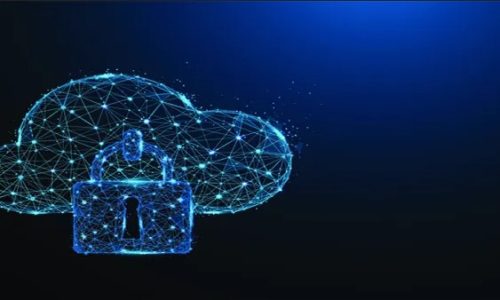Breaking Free: Elevating Your Cyber Defense with Next-Gen SIEM
April 18, 2025

In the rapidly evolving landscape of cybersecurity, organizations are constantly challenged to fortify their defenses against increasingly sophisticated threats. One crucial aspect of this defense is the Security Information and Event Management (SIEM) system, which plays a pivotal role in detecting, analyzing, and responding to security incidents. As technology advances, legacy SIEM solutions may no longer suffice in providing the robust protection needed in today’s digital age. This blog explores the essential steps and considerations involved in migrating from a legacy SIEM to a next-generation SIEM platform.
Understanding Legacy SIEM Limitations
Legacy SIEM systems, while foundational in their time, often struggle to keep pace with modern cyber threats due to several key limitations:
- Scalability: Legacy SIEMs may lack the scalability needed to handle the vast amounts of data generated by today’s interconnected devices and cloud environments.
- Detection Efficacy: They might rely on rule-based detection methods, which can be less effective against advanced, evasive threats that employ sophisticated techniques.
- Integration Challenges: Integrating legacy SIEMs with new technologies, such as IoT devices or cloud services, can be cumbersome and may result in gaps in visibility.
- Operational Efficiency: Legacy systems often require extensive manual effort for configuration, maintenance, and updates, leading to increased operational costs and slower response times.
Benefits of Next-Gen SIEM
Next-generation SIEM solutions address these shortcomings by leveraging advanced technologies and methodologies to enhance cybersecurity capabilities:
- Advanced Analytics: Utilizing machine learning and AI-driven analytics, next-gen SIEMs can detect anomalous behavior and potential threats in real-time, improving overall threat detection accuracy.
- Cloud Compatibility: Designed with cloud-native architectures, they can seamlessly integrate with cloud environments, providing unified visibility across hybrid infrastructures.
- Automation and Orchestration: Automation capabilities streamline incident response processes, reducing response times and minimizing manual intervention.
- Scalability and Flexibility: Next-gen SIEM platforms are built to scale dynamically, accommodating the exponential growth of data sources and adapting to evolving cybersecurity requirements.

Key Steps in Migrating to Next-Gen SIEM
Successful migration from legacy to next-gen SIEM involves careful planning and execution:
- Assessment and Planning: Conduct a comprehensive assessment of current security needs, existing infrastructure, and data sources. Define migration goals, such as improved threat detection, enhanced visibility, or operational efficiency.
- Vendor Selection: Evaluate potential SIEM vendors based on their ability to meet your organization’s specific requirements, including scalability, integration capabilities, and support for emerging technologies.
- Data Migration and Integration: Ensure seamless migration of existing data and configurations to the new SIEM platform. Implement integration with critical systems and data sources to maintain continuity and maximize visibility.
- Testing and Validation: Conduct thorough testing to validate the effectiveness and performance of the new SIEM solution. Verify detection capabilities, response workflows, and integration with existing security tools.
- Training and Adoption: Provide comprehensive training to security teams on the functionalities and features of the new SIEM platform. Foster adoption by emphasizing the benefits of enhanced capabilities and improved security posture.
- Continuous Improvement: Implement a strategy for ongoing monitoring, tuning, and optimization of the SIEM platform to adapt to new threats and changes in the IT environment.
![]()
Migrating from legacy to next-generation SIEM represents a strategic investment in strengthening cybersecurity defenses and aligning with modern threat landscapes. By embracing advanced analytics, automation, and scalability, organizations can enhance their ability to detect, respond to, and mitigate cyber threats effectively. As cyber threats continue to evolve, the transition to a next-gen SIEM platform is essential for maintaining a proactive and resilient cybersecurity posture.
Would you like to explore any specific aspect of this migration further?
Recent Posts
-

Emotional AI Revolutionizing Human-Centric Technology
31 Jan 2025
-

Embracing DevOps and Agile Methodologies
28 Jan 2025
-

How Big Data Can Affect Your IT Environment
24 Jan 2025
-

Understanding IPv6: The Future of Networking
21 Jan 2025
Have Any Question?
Call or email Cocha. We can help with your cybersecurity needs!
- (281) 607-0616
- info@cochatechnology.com
